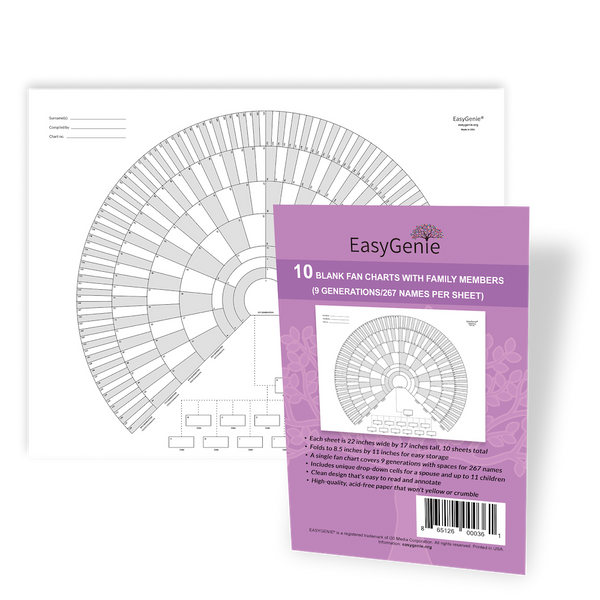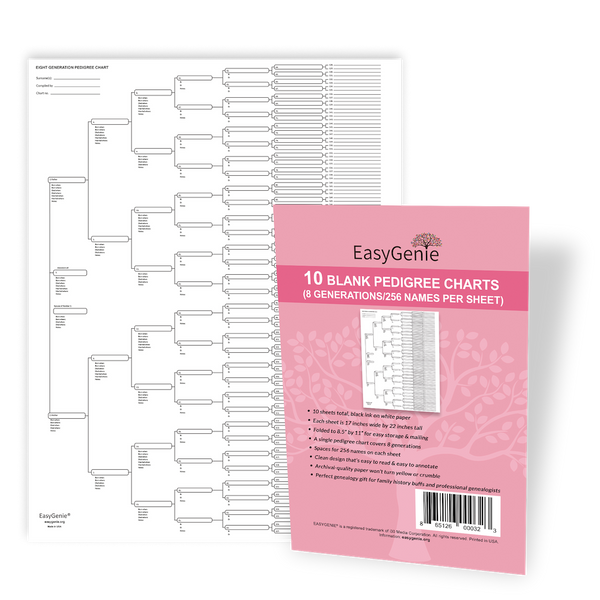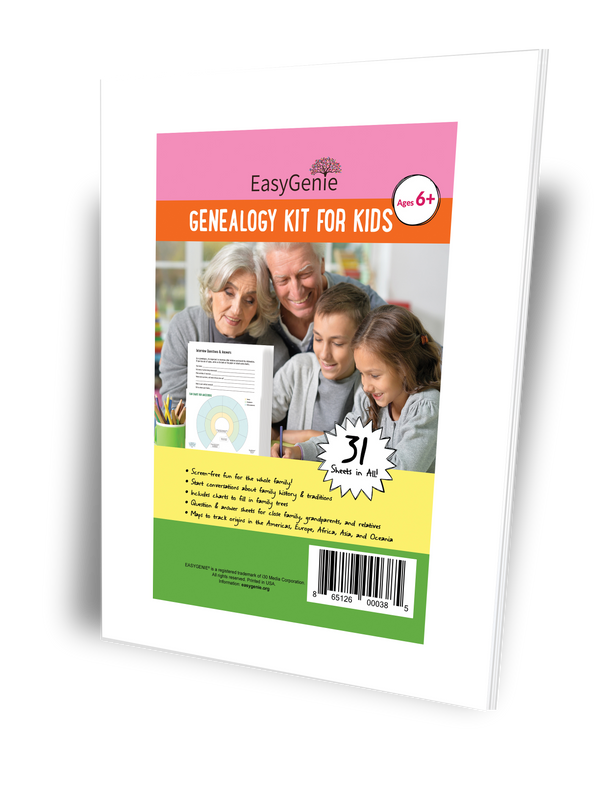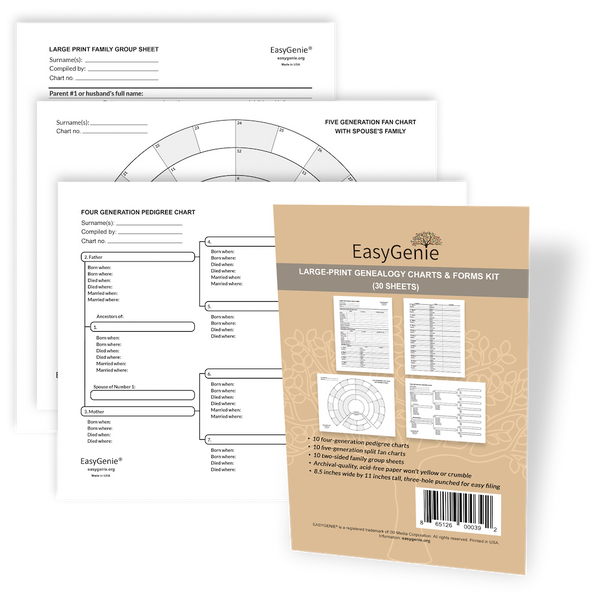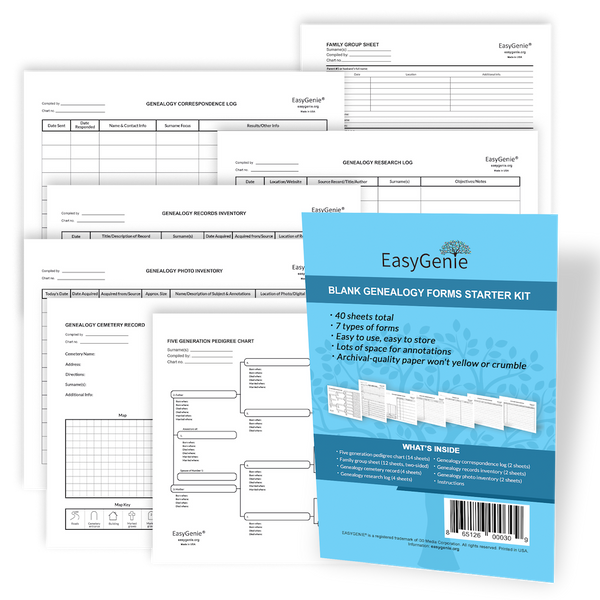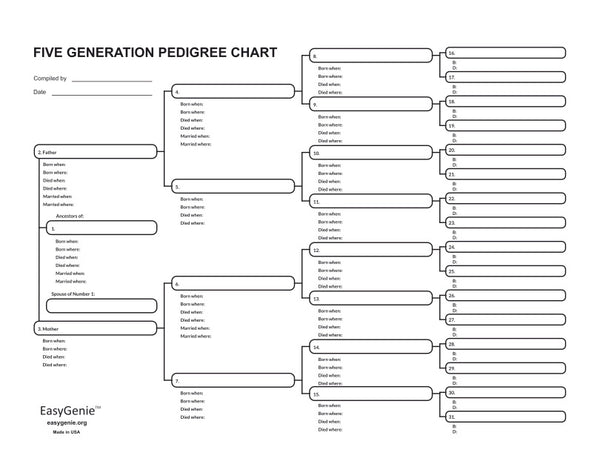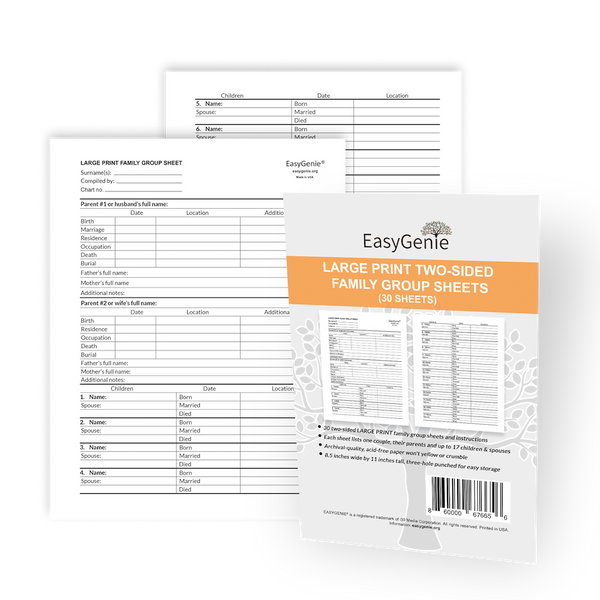
Interview: Mexican genealogy tips from Lisa Medina
Ian Lamont
We recently interviewed Lisa Medina, a genealogist specializing in Mexican genealogy. With some 40 million Americans identifying as Hispanics of Mexican origin, and growing interest in exploring those connections, Lisa explains what resources are available and some of the treasures that can be found in the archives on both sides of the border ... and shares two remarkable brick walls she helped to research.
Ian, EasyGenie: In the U.S., many family genealogists start with online records like census results, passenger lists, and certain vital records to build out their tree. Can people find similar records online for Mexican ancestry?
Lisa Medina, genealogist: The good news is that yes, many of these familiar types of records are available.
For instance, many Mexican ancestors who immigrated to the United States were recorded by a U.S. government agency when walking across the border and the various types of immigration records that captured these crossings are indexed and available online on Ancestry and FamilySearch (and the National Archives catalog). Also, Mexican civil registration records began (in most locations) in 1867, and these birth, marriage, and death records are indexed and available online.
And here is the great news: family historians looking for their Mexican ancestors also have the benefit of Catholic church sacramental records (baptism, marriage, confirmation, burial), which are available online, and have incredible genealogical value.
The not-so-good news is that some of the Mexican versions of records familiar to U.S. researchers are not always easy to find, are not indexed, or are not available online. For instance, many U.S. researchers will begin their family history journey using federal and state census records, but in México there is one federal census available to researchers: 1930.
What other types of records are readily available for people researching Mexican roots?
Lisa: Oh, there are so many! Below are a few of the best/most commonly used. I can't emphasize enough that there is a richness to Mexican research that should not be missed!
- Civil registration: available on FamilySearch and Ancestry Catholic church sacramental records: available on FamilySearch and Ancestry
- Catholic church padrones (censuses: unindexed, available on FamilySearch
- 1930 national census: available on FamilySearch and Ancestry
- Newspapers: a national collection of digitized newspapers is available online
- Border crossings/manifests: U.S. immigration records available online
The following chart illustrates where the records can be found:

How can family historians search or understand records if they don't have Spanish language skills? Are there tools or societies that can help?
Lisa: Yes, there are absolutely helpful resources! Don't be deterred. Spanish fluency helps, but is definitely not required to be successful in your Mexican family history research.
One excellent example of a helpful resource is the Script Tutorial available on the Brigham Young University's website. It includes help with translation of common terms found in Spanish records, as well as how to decipher abbreviations and script.
Another great resource is the Spanish Genealogical Word List on the FamilySearch Wiki. Finally, there are multiple Facebook groups with members willing to help transcribe tricky records (e.g., @mexicangenealogy).

Is there a special discovery or breakthrough you have made for yourself or a client that you can share?
Lisa: Oh, so many! One time period in which I have uncovered some fascinating stories is that of the Mexican revolution (1910-1920). It was an incredibly tumultuous time in Mexican history, and was a source of change and upheaval in many families.
In one case, I found a client's ancestor mentioned in a letter from the Mexican consulate, in which he was being monitored for revolutionary activity - in Arizona. This letter led to the discovery of a federal inmate case file for the ancestor's brother (from the National Archives), an FBI record for the ancestor (on Fold3), and many newspaper articles detailing their planning and involvement in the revolution.
It painted quite a picture of their commitment to the revolution, as well as a part of their lives that had been long lost to their descendants.
A more recent research project revealed an ancestor who changed his name when he immigrated to the U.S. in the 1920s. His birth name and family was uncovered using both traditional genealogical records, as well as autosomal DNA analysis. Identifying the family and place in México where their ancestors had resided for centuries was tremendously rewarding.
Many thanks to Lisa for participating in the interview! To learn more about her services and follow her online, visit her website or check out the social media.
